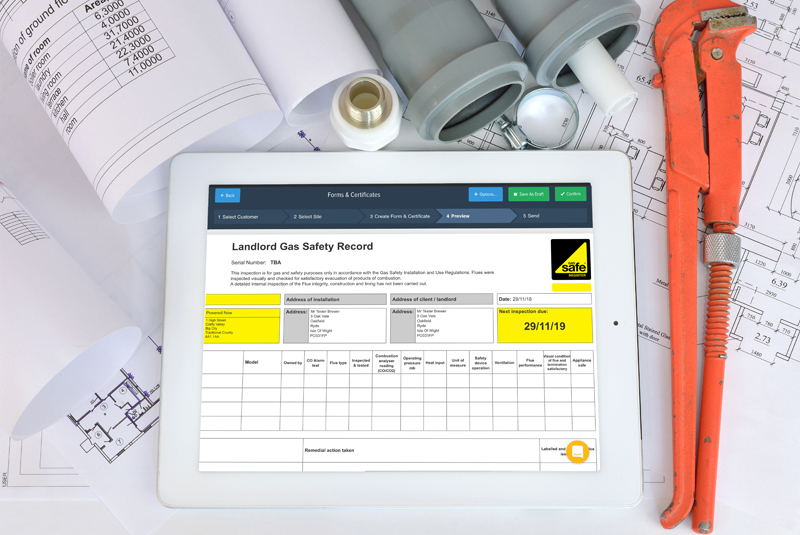
You may or may not have heard of Making Tax Digital (MTD). The bad news is that if you’re in business it’s going to affect you. The good news is that if you’re not VAT registered that day is a year or more away. Benjamin Dyer, CEO of Powered Now, explains what it’s all about.
What has changed with MTD?
MTD, which is short for Making Tax Digital, is the attempt by HMRC to bring all businesses up to date when it comes to tax and digital technology.
Under MTD, every aspect of tax is going digital. It’s not simply that tax returns have to be done online. Instead, HMRC is going to require all backing records i.e. sales and costs, to be kept on a computer. Tax returns are then calculated directly from these records. The final return must then be submitted electronically through the “MTD portal”.
This starts with VAT and later will be rolled out for all other business and personal taxes. The VAT phase of MTD becomes compulsory on 1 April 2019.
What is the driver of the change?
Whatever HMRC says, 90% of the objective is to raise more tax. However, there should be advantages for businesses too. Based on experience in many other industries, the long-term benefit should be businesses spending less time on admin as well as being more productive. Of course, as the CEO of a software company selling an MTD solution, it’s hard not to be biased. But I genuinely believe that to be true.
What does this mean?
It is now the law that any business that has sales over the VAT threshold of £85,000 and reports quarterly is subject to MTD. They must submit MTD for VAT returns for all quarters starting on or after 1 April 2019. All of the records that make up the return must be held on a computer.
For the short-term, companies are allowed to use spreadsheets, although these must still be used with MTD submission-software. While it may seem attractive to use a spreadsheet, this approach means having to implement MTD twice as the temporary permission expires after a year.
The actual legal obligation is to enter all sales and costs into a system and then to get the software to submit a “9 Box return” to the MTD portal. HMRC recommends that the sales and costs are created or entered as they arise.
The next MTD implementation, after MTD for VAT, will require all businesses with over £10k sales per annum to submit quarterly profit and loss statements. This is guaranteed to not come into practice any earlier than 1 April 2020.
Are there any exemptions?
Exemptions from MTD for VAT include insolvency and religious objections. Also, if you cannot comply because of disability, age or having no access to an internet connection.
Several countries are already well down the road of implementing something similar to MTD, which gives the Government confidence in the programme.
Are there fines for non-compliance?
The usual penalties for failing to keep records (now required in digital form) or late submission will apply to MTD for VAT.
How to comply
If your accountant already enters all of your sales invoices and costs into an accounting system and submits existing VAT returns from there, that’s good. The chances are that their software will be able to support MTD. The same probably applies if you have your own accounting department and system.
For those who submit their own VAT returns, like many tradespeople, businesses like Powered Now can help. We also might be the right solution if your accountant puts up your prices or suggests using spreadsheets – given it’s a sticking plaster that will be gone in 12 months.
While Powered Now can help, we also have competitors. If you choose one, make sure they specialise in the trade space to ensure you get many other benefits, alongside MTD support.
While there will likely be a number of teething issues, MTD for VAT is here to stay, so it will pay to get ahead of the rush.













